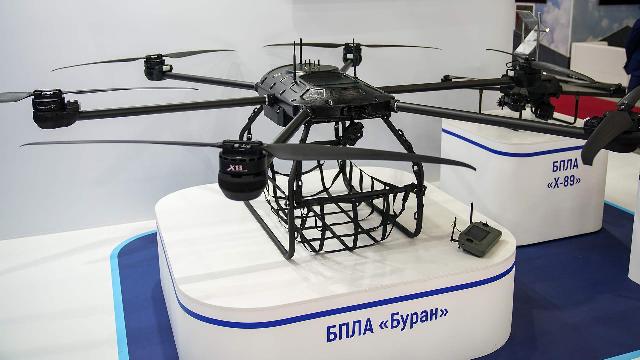The Russian equivalent of the Ukrainian Baba Yaga surpasses it in important characteristics
The Buran hexacopter UAV has been developed in Russia. It is capable of transporting loads weighing up to 80 kg at a speed of 70 km/h. It can be used to deliver goods directly to the front line and even to evacuate the wounded, the developers assure. It can also conduct reconnaissance, and if necessary, it can be adapted for dropping ammunition. The Buran has already been nicknamed the "Russian Baba Yaga" by analogy with the Ukrainian drone, which is actively used in the area of its own. But our car surpasses it in many characteristics. Most importantly, it is about twice as long as the flight range.
What the Buran UAV is capable of
Russian developers have introduced the first UAV of its kind, the hexacopter Buran. It is quite large and weighs about 80 kg.
— Several samples have been made now, — the Kotlin-Innovator developer company told Izvestia. — They have passed tests that confirmed that with a load of 80 kg, the drone can be in flight for about 20 minutes. No load — up to 45 minutes. The flight radius of the UAV is up to 20 km.
The Buran can carry ammunition, water and other supplies needed to supply troops on the front line.
— We are also working on the evacuation of people, — the developers noted. — We conducted tests, raised a person.
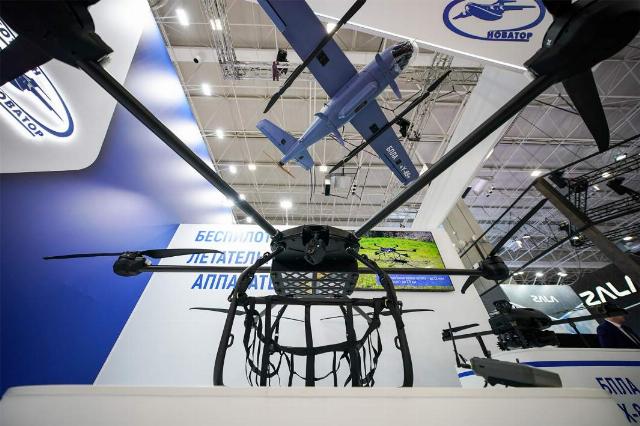
UAV hexacopter "Buran"
Image source: Photo: IZVESTIA/Sergey Lantyukhov
If necessary, it can be adapted for dropping ammunition, as well as for conducting reconnaissance, including at night, using thermal imagers.
According to the developers, the three-band communication channel has serious protection from the effects of electronic warfare systems (EW). The drone is controlled by an operator who receives an image from an on-board video camera.
If the image is lost, the drone can be returned blindly — focusing on its coordinates. According to the developers, other algorithms for overcoming critical situations are now being developed.
The drone is planned to be delivered in special cases that ensure comfortable transportation of the device.
—Buran is easy to disassemble into several parts," the manufacturers noted. — With the help of a key, you can easily unscrew the drone's beams — they are attached to just one screw. After that, they can be packed in cases. The blades do not need to be unscrewed, as they are pressed against the beams and do not require additional space. The legs are removed in the same way. It turns out six beams, two legs, two beams that connect them in a spacer, and the main part of the drone with electric batteries.
"Russian Baba Yaga"
The drone has already been nicknamed the "Russian Baba Yaga" by analogy with the Ukrainian drone, which the enemy is actively using in its zone. But our car surpasses its opponent in many characteristics. Most importantly, it is about twice as long as the flight range.
With a payload of 80 kg, these drones are effective for delivering goods to the front line, especially where it is difficult to walk on the ground due to minefields, enemy fire, water barriers or for other reasons, said military expert Yuri Lyamin.
— Now small drones with a small payload are used to solve these problems, and they do not solve all the problems, — he noted. — The new drone can immediately take ammunition, food, and water. It can potentially be used as a night bomber. It's electric, so it's quiet. At night, the probability that he will be shot down is less. And he can lift a lot, which will allow him to deliver powerful blows to enemy strongholds, mine roads even with heavy anti-tank mines.
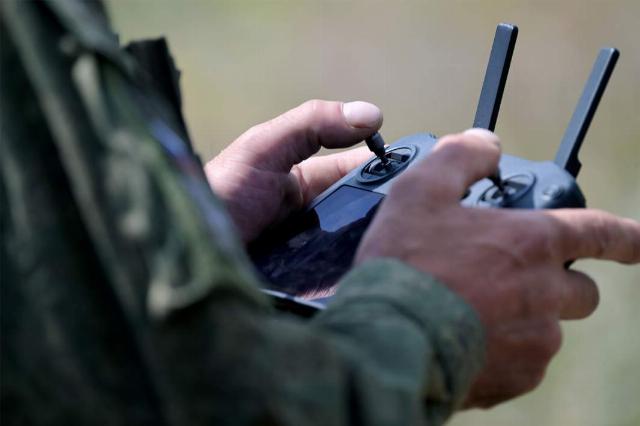
Photo: RIA Novosti/Evgeny Biyatov
Image source: iz.ru
The expert noted that all the characteristics of the device should be checked in real combat conditions.
— Only there will the effectiveness of this device become clear. Many features are associated, for example, with resistance to electronic warfare, — said Yuri Lyamin.
The situation is not so simple with the evacuation of the wounded on the front line, the expert believes.
— After all, this is a large device — this is its vulnerability, — he noted. — Therefore, it is necessary to approach its use as carefully as possible. If you send it, then only in cases where there is simply nothing left and a person's life can only be saved with the help of such an evacuation.
Baba Yaga, which is used by the Armed Forces of Ukraine, was originally created as an agrodron for spraying pesticides, military expert Alexei Leonkov recalled.
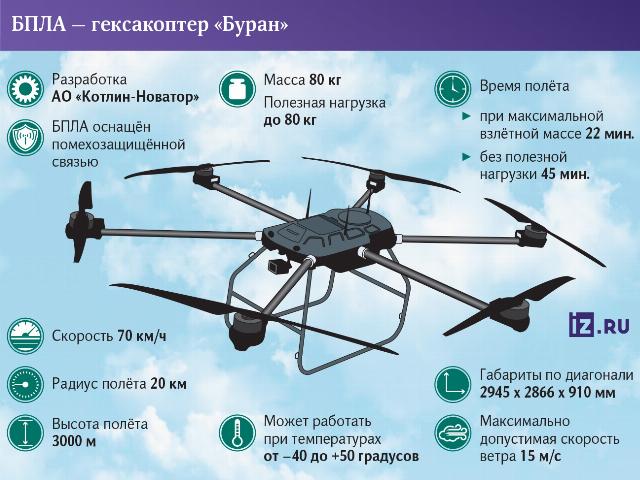
— Ours was specially developed for military purposes, and this is its advantage, — he told Izvestia. — Many mistakes will be taken into account, the reliability level will initially be higher and there will not be many restrictions that civilian drones have.
The expert noted that the new drone could become a repeater for more compact FPV drones.
— This will allow you to control kamikaze drones through it, which means to increase their range of action, — he noted. — Burans can occupy an important niche and be in demand. And how they show themselves in the army will decide their fate. With a favorable outcome, the drone can become the basis for future developments.
A line of drone bombers
A line of universal drones that can be used both to deliver goods and to strike at the enemy is already looming. Earlier, Izvestia wrote that mass production of the MiS-35 attack and reconnaissance hexacopter had begun in Russia. This is a tactical drone that can drop ammunition and conduct reconnaissance. On the front line, where the device was tested, it has already been nicknamed "mini Baba Yaga" for its resemblance to drones that use the APU.
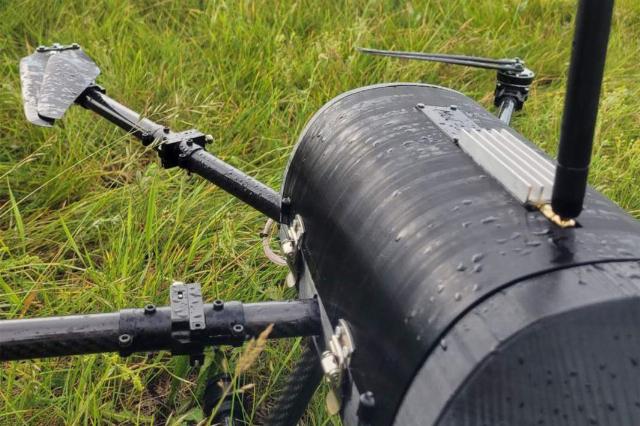
MiS-35
Image Source: Photo: t.me/misdronekb
The MiS-35 is somewhere between Mavik and Baba Yaga in size. Compared to the latter, it has less visibility — visual, thermal and noise. On the front line, the MIS-35 is used to drop 82 mm mortar mines and PG-7 ammunition - this is a cumulative charge from an RPG—7 hand grenade launcher.
The combat radius of the hexacopter when flying with a load of 3.5 kg is nine kilometers, with a maximum load capacity of 4.5 kg. In the reconnaissance mission mode, he can stay in the air for up to 45 minutes. The drone accelerates to 63 km/h. With full load, the flight time of the drone is reduced to 30-32 minutes. The device has proven itself well on the line of combat contact.
Bogdan Stepovoy
Andrey Fedorov
